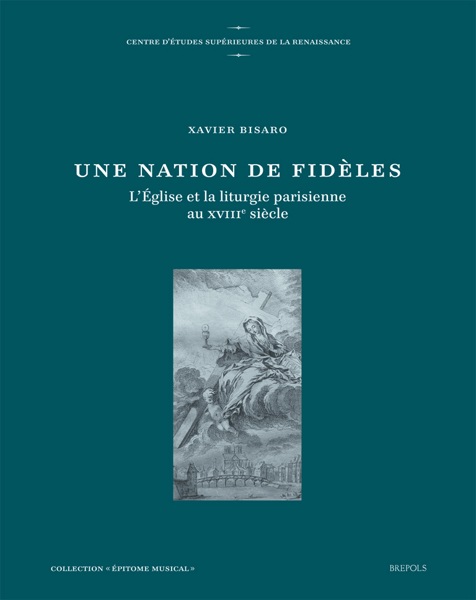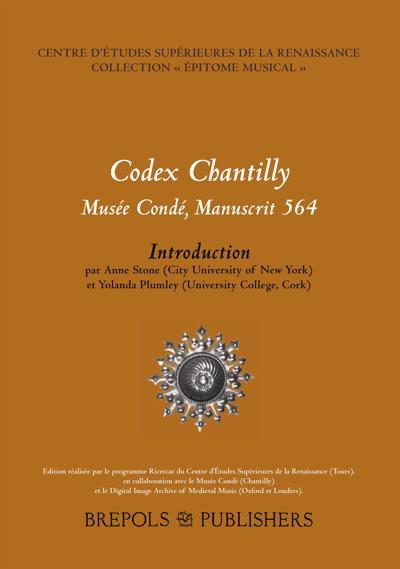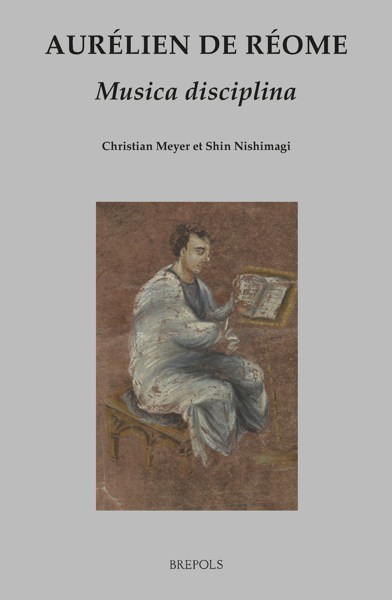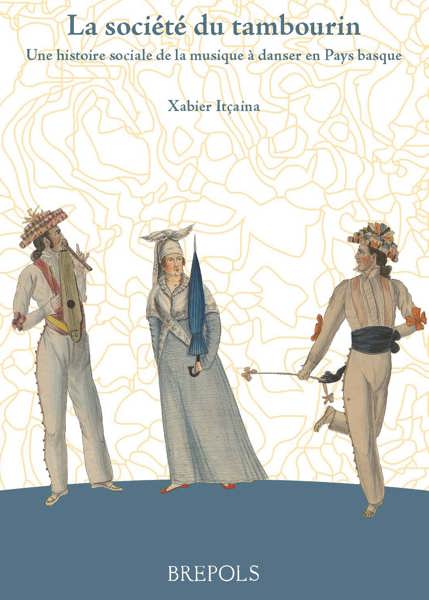
The Queen Danced Alone
Court Ballet in Sweden during the Reign of Queen Christina (1638-1654)
Stefano Fogelberg Rota
- Pages: 240 p.
- Size:190 x 290 mm
- Illustrations:22 col.
- Language(s):English
- Publication Year:2018
- € 70,00 EXCL. VAT RETAIL PRICE
- ISBN: 978-2-503-57958-0
- Paperback
- Available
The Queen Danced Alone: Court Ballet in Sweden during the Reign of Queen Christina (1638-1654) is the first monograph devoted to court ballet during Christina’s reign that offers an in-depth analysis of all the extant libretti of the performances. The Queen’s highly active patronage of this theatre form, and its development in Sweden in the framework of a cultural transmission from France, are elucidated as we follow Christina in her multiple roles of promoter, inventor and dancer of the ballets.
Stefano Fogelberg Rota is a researcher and Senior Lecturer in Literature at Uppsala University. He has published widely on Queen Christina and her cultural patronage in Sweden and in Rome. His research interests include, among other topics, guidebooks to Rome and travel literature from Italy in the eighteenth century.
Queen Christina of Sweden danced herself in the ballets she promoted. From the beginning of her personal rule until her abdication (1644–1654) court ballet was Christina’s privileged medium of political propaganda. The Queen Danced Alone is the first monograph on court ballet during Christina’s reign that offers an in-depth analysis of all extant libretti and performances. Based on unstudied and unpublished sources The Queen Danced Alone offers a survey of participants in the production and performances – authors, dancers, musicians, artists – as well as the arts involved: dance, music, poetry, set design and costumes. Christina’s patronage is especially evident in the heroic motives of the ballets. Her self-fashioning through the parts of the goddesses Diana and Pallas mirrored her role as a young, unmarried and learned monarch and aimed at liberating her from the expectation of providing an heir to the throne. The praise of virtues such as self-control and chastity represented her as a superior being devoted to wisdom. Christina’s ballets supported her most important aim: independence.
FOREWORD: Le Ballet des Fadaises (1654)
I. THE INTRODUCTION OF FRENCH BALLET DE COUR TO SWEDEN
A Pedagogic Theatre Form
Le Ballet des plaizirs de la vie des enfans sans souçy (1638)
II. THE NECESSITY OFWAR AND MARRIAGE
Wedding and Birthday Ballets
Le Balet du cours du Monde (1642)
Ballet des phantasies de ce temps (1643)
III. CHRISTINA REIGNS: NEW INFLUENCES FROM FRANCE
Towards a Heroic Grand Style
Le Monde Reiovi [Réjoui] (1645)
French Galanterie for the Marriage of Eleonore Catherine of Pfalz-Zweibrücken
Boutade Les Effects de l’Amour (1646)
L’Amour constant (1646)
Magnus Gabriel De La Gardie’s Embassy in Paris (1646)
Louis de Hesselin’s Entertainment for Christina in Essones (1656)
French and Italian Theatre Workers at Christina’s Court
French Diaspora in Stockholm during the Fronde
IV. PASSIONS RESTRAINED AND PEACE ATTAINED: COURT BALLET’S APOGEE IN SWEDEN DURING THE YEAR 1649
Three Ballets to Say No to Marriage and Yes to Peace
Les Passions Victorieuses et Vaincues (1649)
Le Vaincu de Diane (1649)
La Naissance De La Paix (1649)
V. CHRISTINA’S CORONATION FESTIVITIES
The Coronation Ceremonies
La Pompe de la Felicité (1650)
Le Parnasse Triumphant (1651)
VI. DIVERTISSEMENTS: BOUTADES, MASQUARADES AND PETITS BALLETS
Political Amusements
Les Boutades ou Proverbes (1650)
Le Ballet de la diversité de la Fortune
La Masquarade des Vaudevilles
VII. CHRISTINA’S LAST DANCE IN SWEDEN
The Confirmation of a Model and its Destiny after the Abdication
Les Liberalitez des Dieux (1652)
CONCLUSION




